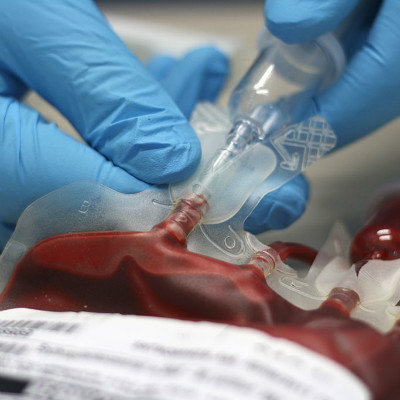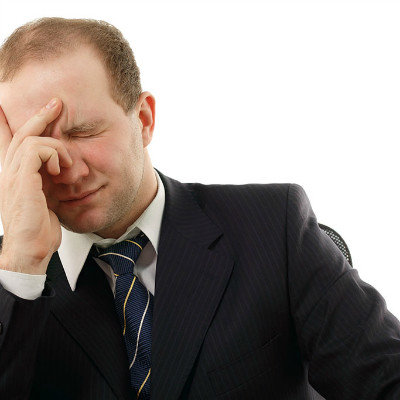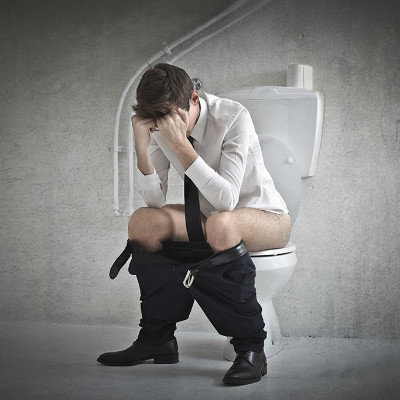Treatment of vertebral osteomyelitis?
summary
Vertebral osteomyelitis is also known as suppurative spondylitis, which is very common in clinic. However, the incidence of acute disease is only about% and half of the patients are subacute or chronic. The majority of the patients are young adults aged - years old, and the male is several times as much as the female. So the treatment of vertebral osteomyelitis? What are the details? Now let's learn.
Treatment of vertebral osteomyelitis?
Treatment 1: antibiotic treatment; When acute suppurative spondylitis is diagnosed or suspected, effective broad spectrum antibiotics should be given in time, and timely adjustment should be made after bacterial culture and finding out sensitive antibiotics. If the bacterial culture is negative, the antibiotics should be replaced after three days. The course of treatment should last until the body temperature returns to normal and the systemic symptoms disappear for about two weeks. Early withdrawal of the drug is easy to make the inflammation relapse or make the local lesions continue to develop and become chronic inflammation.
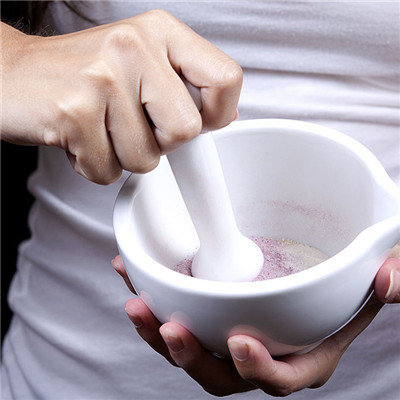
Treatment 2: whole body support method; In the early application of large doses of effective antibiotics at the same time, patients should be strictly bed rest, strengthen nutrition, give high protein, high vitamin diet. Or infusion to correct dehydration, prevent water electrolyte disorder or maintain its balance. According to the need, a small amount of multiple blood transfusions, given appropriate sedatives, analgesics or antipyretics. The patients with severe poisoning symptoms or critical patients should be treated with hormone at the same time.

Treatment 3: surgical treatment (1) drainage of paravertebral abscess; In the case of suppurative spondylitis, abscess should be cut and drained in time to control the development of the disease and reduce the symptoms of systemic poisoning( 2) Laminectomy and drainage of epidural abscess; * acute suppurative spondylitis should be examined with CT scan if symptoms of spinal cord compression, such as weakness of the lower limbs, sensory changes or urinary retention. If the spinal cord is compressed by epidural abscess, laminectomy and drainage of epidural abscess should be performed immediately to prevent the aggravation of paraplegia, or spinal cord nutrient vessel embolism, spinal cord softening and necrosis. After the operation, the negative pressure drainage tube was often placed, or the tube was placed for flushing and suction therapy. After the body temperature was normal and the symptoms improved, the drainage fluid was removed.
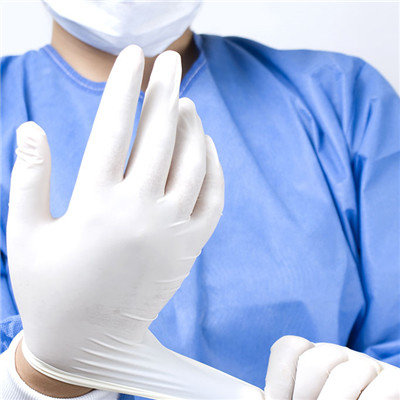
matters needing attention
In the early days, it emphasized and advocated a light and delicious vegetarian diet. Factor food can provide the most natural, digestible and directly absorbed nutrients. If the vegetarian diet is reasonable, the human body needs sugar, fat and protein, which are rich enough to meet the reasonable needs of human body. Fresh Cereals, vegetables and fruits.






